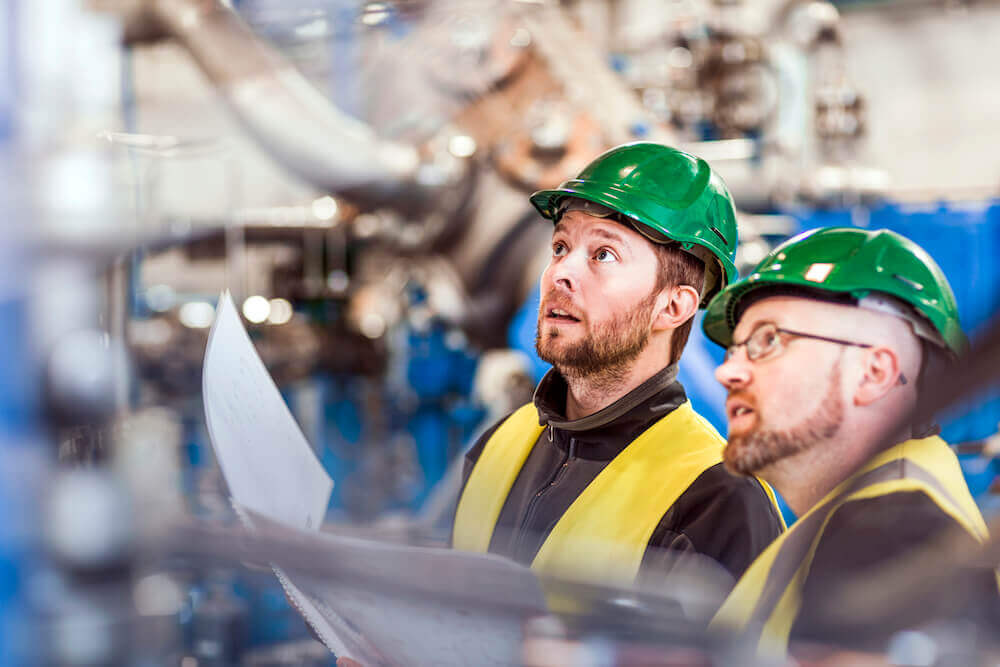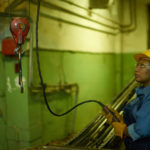10 More Common Crane and Hoist Terms Defined

In our previous post about 10 common crane and hoist terms defined, we gave you the base vocabulary any crane user needs to understand the industry.
Now, we expand on industry terms to provide you with 10 new common crane and hoist terms and definitions that will help you understand the ins-and-outs of your crane system.
End truck
End trucks are the means by which an overhead bridge crane moves on its tracks.
End trucks generally take the form of steel structured box girders with wheels and axles which support the crane girder on either side.
Monorail beam
As opposed to overhead bridge cranes, which are supported on either side, monorail cranes are attached to the underside of a single monorail beam.
While monorail beams are often installed over a smaller specific area, in some cases multiple beams can be joined together to allow a monorail crane to cover a larger area.
Wire Rope Hoist
A wire rope is a common lifting medium for hoists. Compared to chains, wire ropes are often lighter and slimmer, meaning they require smaller drums.
Wire rope hoists can be operated manually, electrically or pneumatically.
Manual/Electric chain Hoist
A chain hoist is similar to a wire rope hoist. However, the lifting medium is a chain rather than a wire rope. Electric chain hoists are operated by a motor.
Manual chain hoists utilize a series of gears to allow the user to control the mechanism with a secondary chain loop called the hand chain.
Lever hoist
The big difference between a lever hoist and many other types of hoists is the capability to be used in any position.
Many hoist chains would bind if attempted to be used in positions other than overhead, but a lever hoist can pull items horizontally, not just vertically.
Lever hoists are often controlled manually by a ratchet.
Ratchet
Similar to manual chain hoists, lever hoists are also controlled manually by the user. But rather than pulling on the hand chain, the hoist is controlled by a ratchet handle.
Because the handle needs to be accessible to the user, ratchet lever hoists are generally used lower to the ground than overhead chain hoists.
VFD (Variable Frequency Drive)
A VFD is an adjustable-speed drive, which can control motor speed and torque by varying the input frequency and voltage of a motor.
In short, a VFD allows you to choose the most efficient engine speed for your operations, which reduces energy costs, extends the life of your device, and reduces necessary maintenance.
Pendant Station
A pendant station is a handheld control device that allows for users to control additional tasks with an overhead crane, such as machine setup, maintenance and troubleshooting.
A pendant station earns its title because it hangs from the crane like a pendant. These devices are available in various sizes and options.
Remote System
A remote control system for your crane allows users to operate cranes at a distance from the device itself.
Remote systems come with a wide variety of options to address many different needs. The controller for the remote system is called a transmitter.
Remote Receiver
This is the part of the remote system that connects to the crane itself, translating signals from the transmitter into crane action.
Now that you’ve got the industry vocabulary under your belt, you may be wondering which industries use all these varying crane and hoist types. Here are 10 industries that use cranes and hoists to get their projects done >










